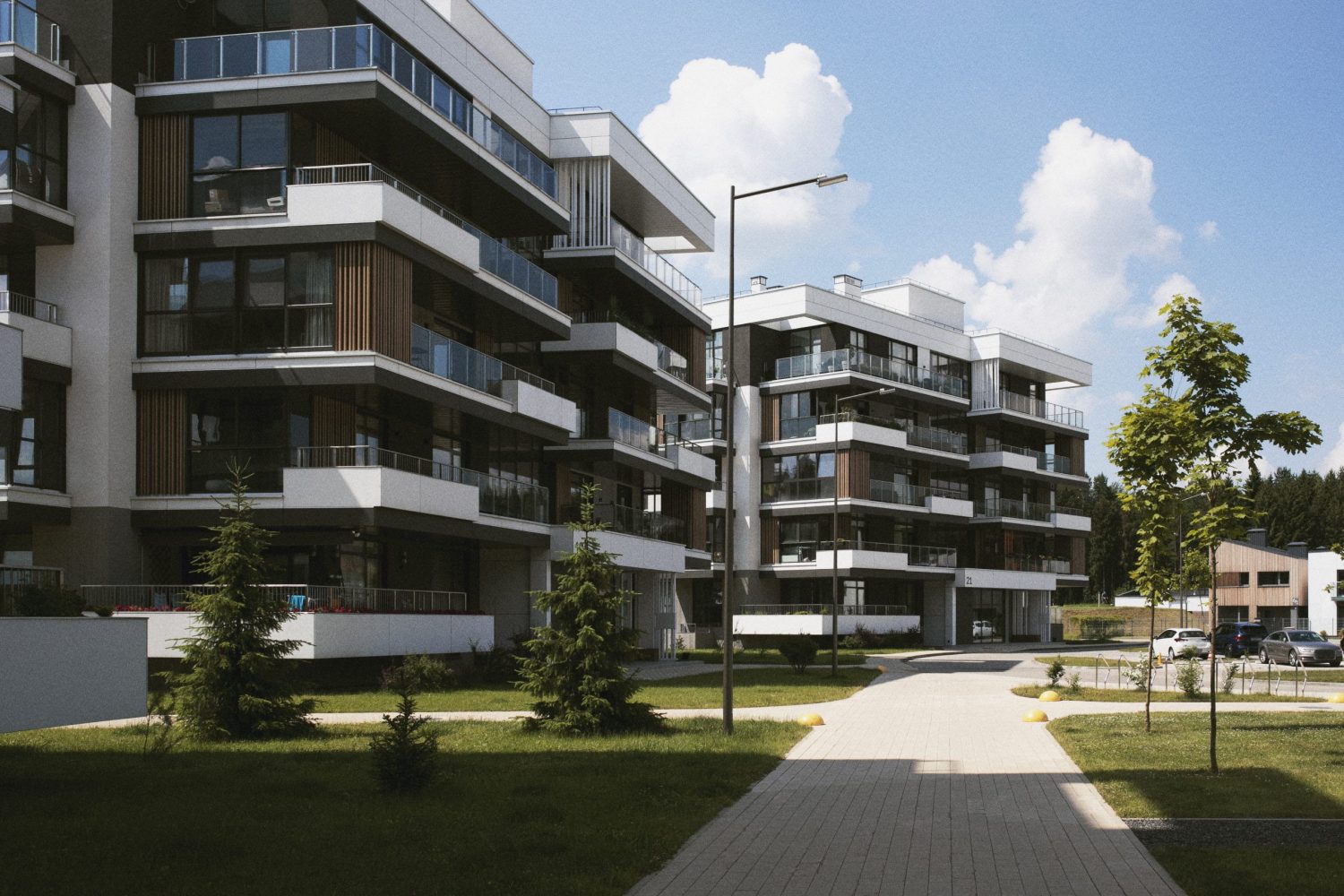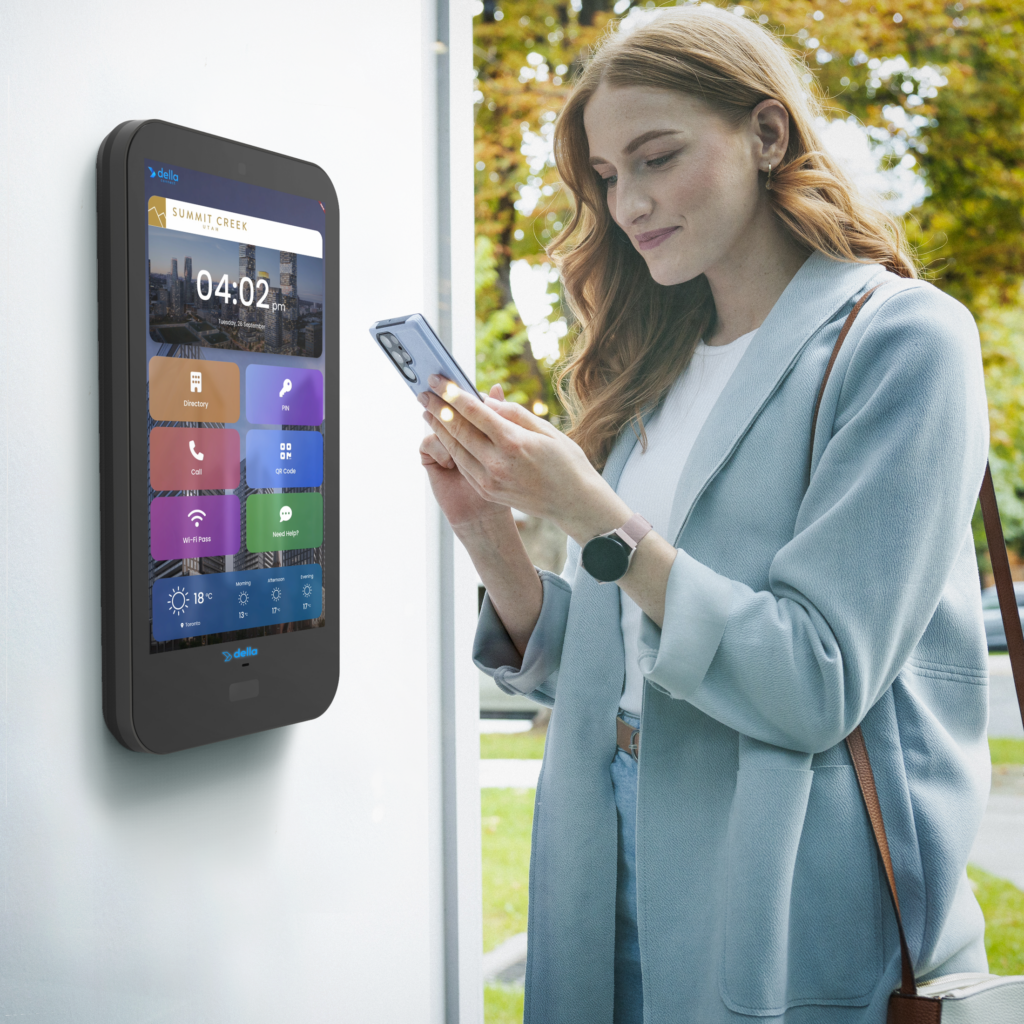- Sales: +1 385 334 4390Support: +1 801 396 2521
How To Setup a WiFi Network on a College Campus
8 February 2022Internet Bandwidth: What It Is & Why It’s Important
3 May 2022According to the Centers for Disease Control and Prevention, or CDC, there were over 15,000 senior living properties in the US as recently as five years ago. If you have to make the difficult choice to place a loved one in a community, you may wonder if WiFi is a standard amenity. Not all senior living communities have WiFi, but many are moving towards WiFi availability for their residents. Although WiFi is not always available, senior living communities generally have landline phones available in residents’ rooms. Wifi in a senior living community can serve as a gateway for improvement in communication, engagement, health, and safety for residents and staff alike. The Covid-19 pandemic has forced nursing homes to realize the full potential and benefit of WiFi.
Why Senior Living Communities Need WiFi for Residents
Technology continues to advance, and the older population has not been left out. Even before the Covid-19 pandemic, internet use amongst the elderly population was growing exponentially. A long term study found that 14% of seniors 65 years and older used the internet, but now that number has more than quadrupled. Currently, about 59% of seniors use the internet.
Facilitates Meaningful Communication With Family
The Covid-19 pandemic, and the lockdowns that accompanied it, left an enormous group of nursing home residents isolated from their loved ones. Particularly during the early days of the pandemic, families were not allowed to visit.
Limited in-person visits led to an influx of personal devices as residents and their families attempted to stay in touch.
WiFi allows residents to connect and communicate with their loved ones in a more interactive manner than a phone call can provide. Almost half of the seniors who are online utilize social media, and they primarily use social media to connect with friends and family.
Helps Maintain Active Engagement
WiFi access provides senior living communities with information about events and people beyond their immediate environment. This proves to be even more true for senior living residents.
With the internet at their fingertips, residents can keep up with current events and other news whenever they desire to do so. They can engage in chats, pick up new hobbies, or learn more about a topic that interests them.
While some residents may not care to communicate via social media, some may want to utilize other smart devices, like Google Home or Amazon Alexa. These personal assistant devices can provide the current time, set alarms, play games, and more, but they require an internet connection to function in this capacity.
Improves Access To Medical Care
WiFi has one distinct benefit: it improves access to medical care. WiFi proves instant communication between nursing home residents and physicians.
In recent years, telemedicine and telehealth use has exploded. The pandemic only accelerated the use of telemedicine. In fact, as March 2020 was coming to an end, telehealth visits increased by 154% compared to the same period in 2019. There are several benefits of telemedicine in nursing home facilities:
- Suggests clinical deterioration can be detected earlier
- Improves clinical outcomes
- Allows clinicians and nursing home staff to treat patients in place
- Reduces emergency and hospital admissions
- Provides financial savings
- Reduces disease exposure for staff and residents
WiFi Gives Nursing Homes a Competitive Edge
It is becoming increasingly evident that the elderly will continue to adopt and embrace internet use. WiFi provides nursing home residents with a connection to those beyond the facility. WiFi will likely become less of a “perk” and more of a mandatory requirement as the generation becomes more and more tech savvy.
The vast majority of nursing home and senior living residents are elderly who need assistance with daily living activities in some capacity. Thus, many spend the majority of their time on-premises. However, there are growing demands to remain ever-connected.
Now, more than ever before, the elderly entering senior living communities expect WiFi to be available. In 2019, a study found that over half of people 65 and older owned and used smartphones. Incoming and future residents will want WiFi access.
Why Nursing Homes and Senior Living Communities Need WiFi for Staff
Arguably, WiFi is even more critical for property staff. WiFi allows staff to better serve, support, and care for residents.
WiFi in nursing homes can also expand the use of medical devices available to residents. This ensures better care and an overall improvement in the health of the residents.
Some examples of medical devices that require WiFi:
- Devices for telehealth and telemedicine
- Location trackers for medical devices
- Location trackers for residents with Alzheimer’s, dementia, or cognitive deficits
- Pressure sensors
Further, the facility can use WiFi to make the senior living communities safer for both residents and staff. Similar to smart home technology, many of the same devices can be used in senior living communities.
These include but are not limited to:
- Lighting sensors
- Motion sensors
- Smart thermostats
- Sensors on doors and windows (to alert when they are opened)
- Smoke and carbon monoxide detectors
Unique Problems for Senior Living Communities With WiFi
With such a wide array of uses and devices that could be used in a nursing home, unique challenges arise. Not only should the WiFi be able to support residents’ devices but also devices and technology used by staff.
Above all else, the WiFi network must be secure, as medical information is protected under HIPAA guidelines. An added layer of security will ensure HIPAA compliance. This gives staff the opportunity to frequently update health records as needed while still protecting the patient.
In order to work effectively and efficiently, the network should also be dependable and fast. The number of devices in a nursing home with WiFi can quickly add up to hundreds or even thousands. The network should be able to support this, keeping in mind that residents but especially staff will need to move about the facility while utilizing these devices.
Conclusion
Over one million Americans reside in senior living communities. Technology has advanced in many ways to improve the overall health and wellness of senior living residents, but in order to do so, WiFi is a necessity.
If you’re looking to get WiFi set up in your senior living community, let Groove Technology Solutions lend a hand. We offer a variety of technology-based services, ranging from video surveillance to streaming and casting and, yes, WiFi installation. Located in Midvale, Utah, we happily serve nearby businesses with their technology needs. Contact us today to get more information!
Sources
- Centers for Disease Control and Prevention: Trends in the Use of Telehealth During the Emergence of the Covid-19 Pandemic
- BluePrintRF: WiFi: A Must-Have for Today’s Senior & Assisted Living Centers
- MedTech Intelligence: Optimizing Wireless Networks in Nursing Homes and Care Communities
- MHealth Intelligence: Is the Time Right for Skilled Nursing Facilities to Embrace Telehealth?
Deep Blue Communications: WiFi for Assisted Living and Long Term Care Facilities


Explore Our Industries and Services in Detail
Discover how our all-in-one technology solutions and systems integrations can improve your guest and resident experience.



